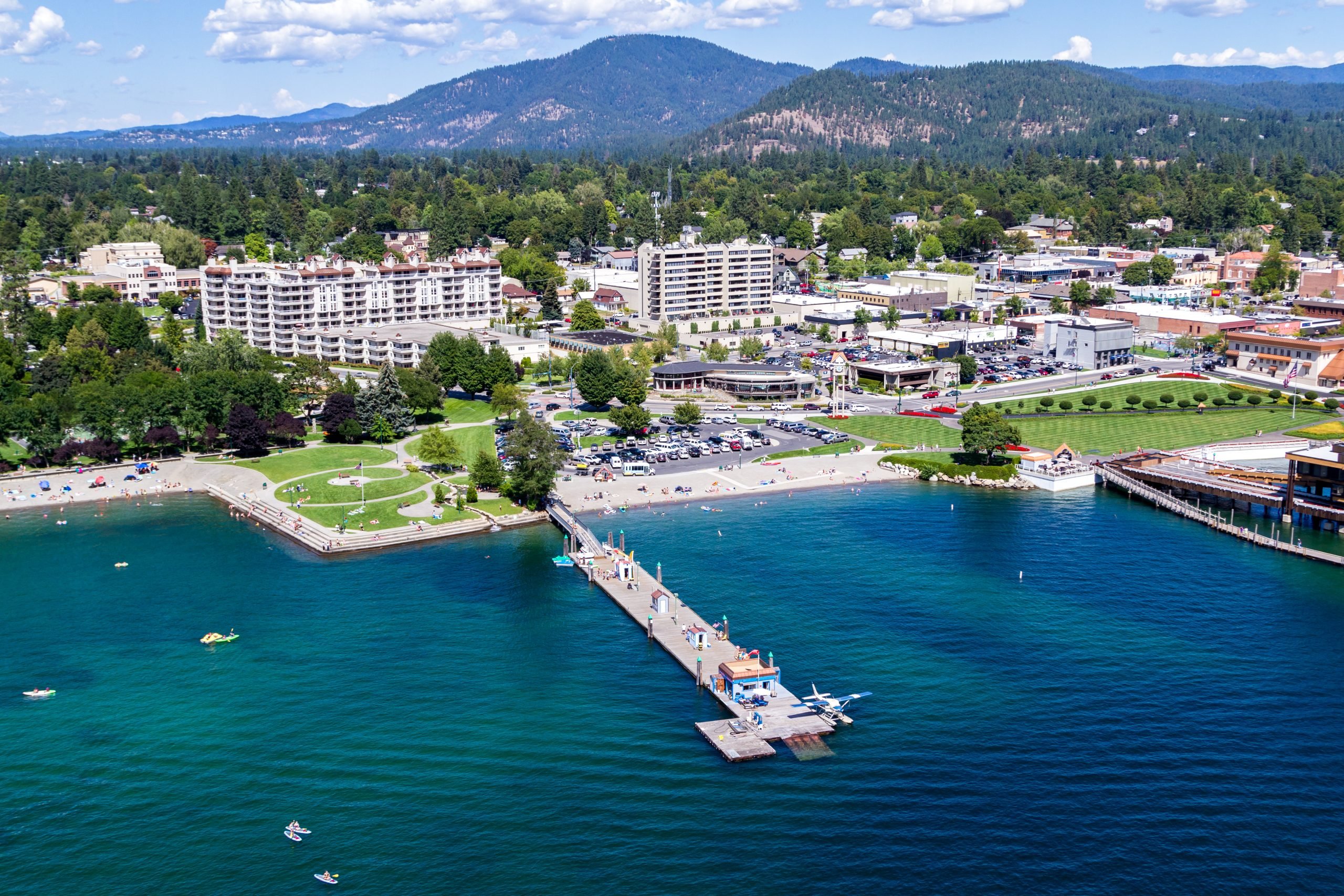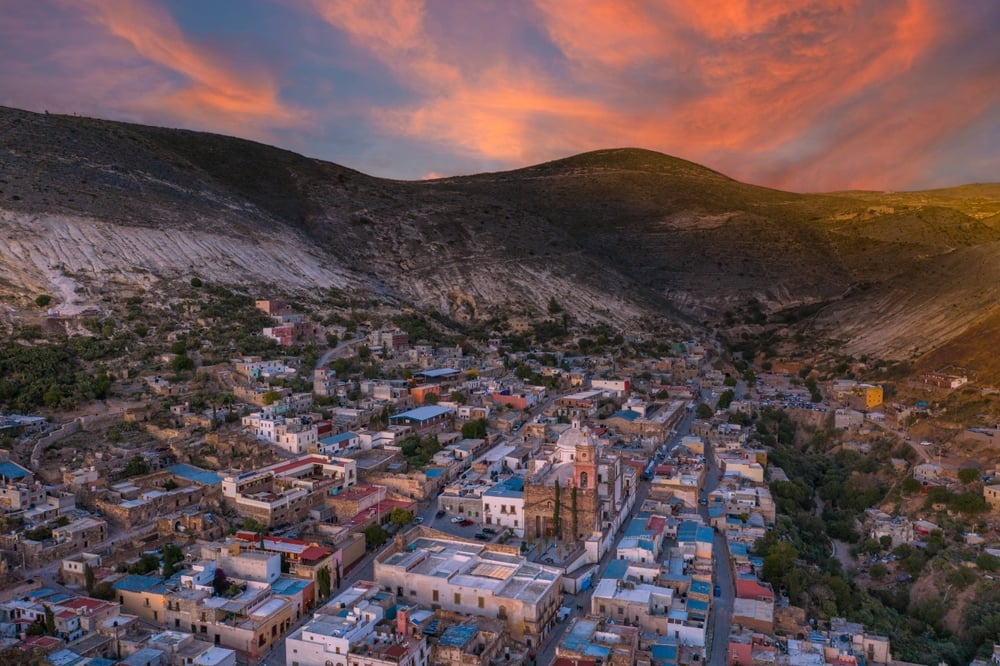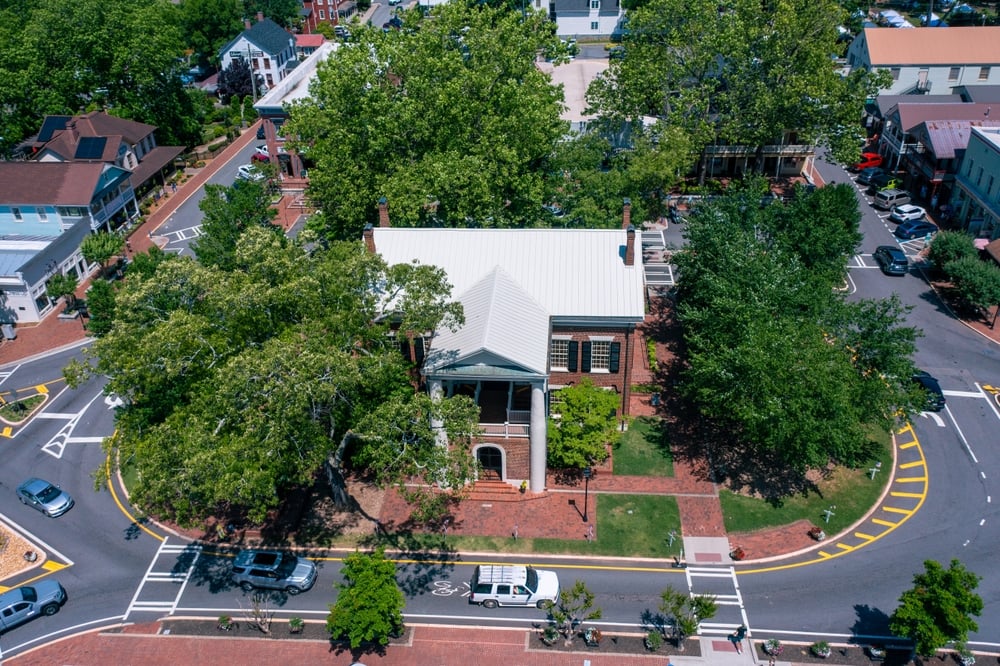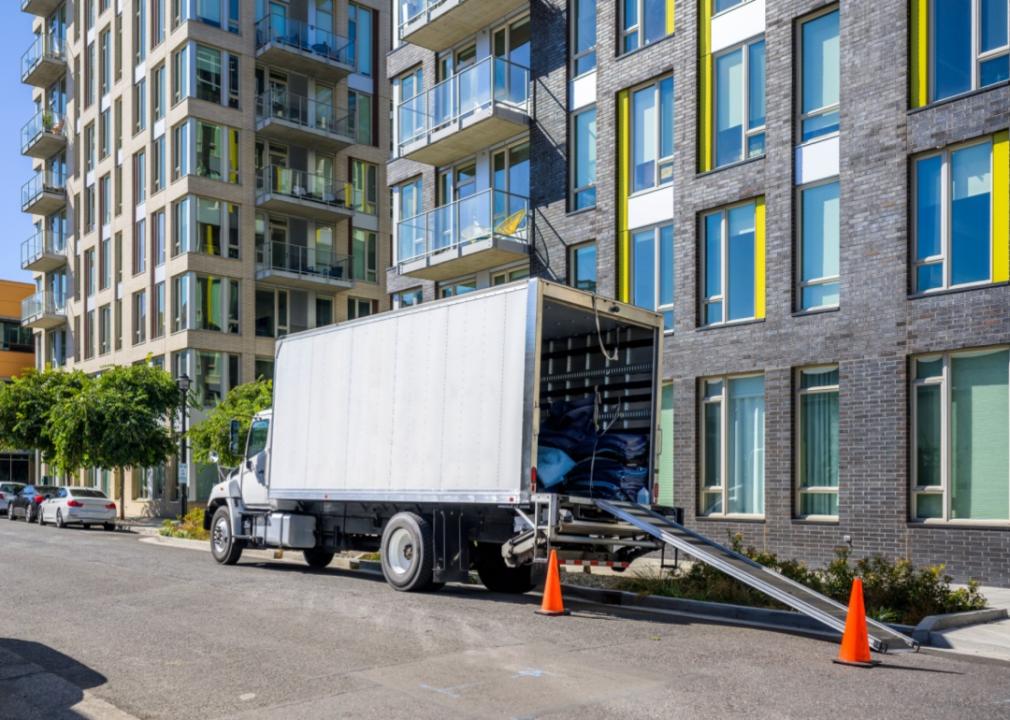House hunting can be a lot of fun not to mention educational. You’ll see many architectural styles such as mid-century modern, Tudor, and Federal. You’ll see different types of homes such as Craftsman, cottages, luxury condos, detached homes, condos, apartment complexes, and I could go on with this list for days. One thing you might come across is a villa. What is a villa?
The word brings up mental pictures of flower-covered buildings in the sun-parched hills of Italy. The truth is that villas began there in Roman times and spread to whatever areas they conquered. You’ll find villas in England, Spain, France, and all over the Mediterranean.
Wikipedia tells us that a villa is an upper-class country house. Today, it’s considered a vacation home anywhere in the world. The basic structure is gigantic and spacious with multiple bedrooms, living and dining areas, media rooms, home gyms, indoor swimming pools, kitchen, and baths.

A villa sports verandas, formal gardens, and paths around the property or down to the water, if it’s a waterfront property. Villas frequently offer stables and garages for multiple vehicles. To give you a comparison, many celebrities live in Florida villas. The picture above is an accurate representation of a villa.
[toc]Types Of Villa
Houses are illustrative of their area’s architecture, building materials, best practices, and style. For example, you would expect to find thatched huts on steamy Pacific islands. You might envision a chalet in the Swiss mountains or the Alps. Of course, you can’t visit the Mediterranean without noticing the arches and high ceilings. So imagine a villa in different parts of the world.
Asian Modern

Here is where thatched roofs enter the picture although the structure is built either with concrete or wood. Depending on which country you’re visiting, the architecture and style of the villa will represent that particular country.
The Islands

Thatched roofs also adorn these villas built with teak. Open verandas with teak pillars surround the houses built with native materials. Lots of the homes are built on stilts.
The Mountains

Mountain villas are different. Lots of them have A-line roofs, verandas around them, with mostly windows for walls. Wood beams, stone fireplaces, and the view of the mountain peaks are what mountain villas are all about.
The Sea Side

Here those walls of windows open to allow the sea breezes to trip playfully throughout the house. Verandas stretch around them. Paths lead to the gardens, the outdoor swimming pool, and from thence to the water. The villa is often built in the Spanish manner with plenty of arches and high rooflines. Sea side villas are often painted in eye-catching colors with the blues, pinks, oranges, and yellows reflective of the nature around them as well as the sunset and sunrise.
Hillside Or Cliff

We’ve all gazed in open-mouthed wonder at pictures of palatial homes clinging by their fingernails to a cliff or hillside. The pictures, usually set in Italy, make us marvel at the engineering of the whole thing. These, too, are sometimes painted in wonderful, Easter egg colors. What’s a hillside or cliff villa like?
Some villas use the natural slope of the hill or cliff upon which to place the structure. For example, the bedroom level might rest on the side of the hill or cliff, while guests enter the villa from the top of the hill or cliff. A couple of levels down might be the pool or outdoor game area. Off to the side of the house but another level down could be where you place your outdoor living area with an outdoor kitchen. The possibilities are endless.
Other hill or cliff villas sit atop the natural outcrop like a crown on the head of a queen. The villa offers the homeowners walls of windows from which to view the beauty of the location, the wonder of the weather, and absolutely no one to look back into the windows. Privacy like that appeals to a great number of villa buyers. Verandas adorn the house, but the paths to gardens, pools, and other pleasures might not get too close to the cliff.
Rivers And Lakes

The ocean isn’t the only water we have going on. Numerous people want some type of water frontage even if it’s only a creek running along with the property. Rivers and lakes get their fair share of folks hunting villas.
These villas tend to be built using wood for a log cabin look. Some sport A-line roofs with walls of windows. Some are built to resemble chalets while others look like some kind of mansion. Verandas surround the house, outdoor living, and kitchen areas foster family time, and the water views draw all kinds of friends and family to your villa.
Forests

Some homeowners aren’t interested in water, boats, or fun in the sun. They want trees and the more the merrier. Although I’m a water sign, I prefer hearing the trees talk to each other. It’s the most peaceful sound you’ll ever hear. Add to this the wildlife, the birdlife, and the beauty the leaves make when they fall, and you have no reason to ever leave your villa.
Your villa can be built in any style or architectural type you wish. If your property is surrounded by trees, then you’ll need no curtains on your walls or windows. Of course, you’ll have verandas around the house from which to have your wine or coffee as you listen to the trees. Paths leading to your gardens and a possible pool, stables, or garages will be a snap. Make sure to paint it a pretty color for good contrast.
How Big Is A Villa?

Most villas closely resemble the mansions of the rich and famous. They generally sleep up to 40, have kitchens and dining rooms to seat that many or more, two or more indoor and outdoor swimming pools and/or spas, media rooms, game rooms, butler’s pantries, outdoor kitchens, and more. We’re talking upwards of 10,000 square feet or more.
Some villas are the size of a 2,500 square foot house while others reach up to 10,000 square feet. Some vacation homes are called villas, but they’re stacked atop each other in a condo setting. Even luxury villas look like condo communities.
The Difference Between A Villa And An Ordinary House

A house is a single-family home detached from other buildings. A house comprises up to five to six thousand square feet before it’s called something else. The house has landed all around it unlike the apartment, condo, or townhouse complexes.
A villa is a house squared. It features 2.500 square feet on the low end to from eight to ten thousand square feet and upon the high end. The villa offers luxuries and amenities not found in everyday houses. The land around the villa is usually made private through means of water, woods, fences, and the like. You’ll find villas in secluded, less populated places.
I’ve Seen Bungalows. Are They Considered Villas?

No. You might have vacationed in a bungalow at the seaside or in the hills of a place you were visiting. It would have been smallish with Craftsman overtones but without Craftsman detailing. It would have been an open concept with all the living and sleeping arrangements on the first floor. Some bungalows have steeply pitched roofs with sleeping arrangements beneath. Some sport gables.
Bungalows have large front porches upon which to enjoy your surroundings. Since the house is small, not much light gets in the windows, so enjoying the out of doors requires being out of doors. The bungalow is small and cozy as well as private if you get a bungalow in a bungalow community.
Why A Villa Isn’t A Mansion

Most of us think of a mansion as Downton Abbey or the spread John Travolta lives in complete with a hangar and runway for his plane. These are luxurious structures with every amenity you can think of and some you can’t. Many incorporate literally thousands of square feet with upwards of 40 bedrooms, that many or more baths, two or three kitchens, two or three living rooms, media rooms, game rooms, ballrooms, and more.

Some of life’s terms are interchangeable such as true organic foods and just barely organic foods, running shoes and sneakers, Coke, and soda. It’s easy to see how people can call a villa a mansion. However, the two are the difference between night and day. Villas do have the square footage, the amenities, and the land. What they don’t have that mansions do have is the surfeit of luxury.
Speaking Of Luxury Villas
We all have our own unique definition of luxury. For me, luxury is beds that make themselves, food that cooks itself, a house that dusts and sweeps itself. Toss in lots of marble floors, fireplace hearths, countertops, columns, floor to ceiling windows, and a well-appointed outdoor living area and kitchen, and I’ll be puttin’ on the Ritz.
Staff
So what is luxury? Luxury is a conscientious staff that the homeowners almost don’t know is there. It’s a five-star chef stolen from a Michelin-rated restaurant. It’s a gardener with the imagination and capability of turning the grounds into formal gardens the public would pay to see. It’s a boathouse keeper rendering the craft(s) seaworthy at all times.
Building Materials

Luxury is the very finest building materials to be had such as gorgeous marble and quartz, cedar for framing and roof shakes, the best quality glass for windows and doors in addition to the newest innovations and technologies in the building.
Amenities
If you’ve never had access to media rooms, game rooms, a spa, a home gym complete with a personal trainer, jacuzzis, outdoor rooms and kitchens, tennis courts, basketball courts, a mini-golf course, either or both indoor and outdoor swimming pools as well as a qualified masseuse coming to the house, then you might not know what luxury means.
Design

I’ve always been in awe of the design elements when watching shows like The Forsyte Saga and Downton Abbey. The detailed work on the ceilings, the elegantly carved trim on the windows and doors, the moldings on the walls in which vast paintings hang, gold dripping from every available surface, and the surplus of elegant furnishings just makes my jaw drop. Imaginative and rich interior design along with superior architecture and lush landscaping make a villa luxurious.
Location

Where you build or buy your villa is just as important as what goes into it. You don’t want to place this shining example of luxury in just any old neighborhood. No, you need the side of a mountain, the sea, or a lake surrounded by woods. Seclusion and a view are the goals here, so make sure your villa is far from the madding crowd.
Maintenance
Villas aren’t cheap. It won’t take long for them to fall apart if they aren’t kept up to standards. A maintenance man on retainer would be a good idea in order to keep your villa as solid and luxurious as it can be. You’ll need someone well versed with roofs and foundations, drainage, and structural integrity. While most people don’t think this falls into the category of luxury, just wait until the place begins to look tattered and raggy, and you’ll wish you had engaged a maintenance man.
The Home With A Story
As we discussed above, villas began as country homes for upper-class families. Since Rome ruled most of the then-known world, villas appeared whenever people conquered England, Spain, France, Germany, parts of what would become Russia, Egypt, and Rome’s greatest enemy Carthage. The structures took on a different look depending on the country in which it was built, the weather conditions there, and the building materials available.

But now the mighty Roman Empire has collapsed. In the place of the light that shone around the known world, darkness now reigns. No sports, no drama, no spirituality, no games, no enlightenment pierces the Dark Ages. No villas are highlighted for their beauty or usefulness.
Next, we step into the Middle Ages, in which light and life return to the known world. The villas of the high and mighty of the past now foster farming and all its corollary enterprises. The frescoes on the ceilings, the Roman mosaics on the floors, the niches holding statues of Roman gods, the murals on the walls, the courtyards with lush plantings, the pools and baths are paid no attention now. Life is being rebuilt among all that beauty.
Well, now let’s look around us at the lands being discovered, conquered, and attempted to conquer. What these people need are villas! How can life be lived without them? Let’s put some over here in the forest and one or two down there on the peninsula. That’ll bring some culture to these strangers. Let’s add some of their more attractive aspects that I rather like to the villas in murals and frescoes.
Did you see how it got to be modern times? I swear, we just blinked. Didn’t we just finish teaching Carthage some manners? Ah, well, at least our villas aren’t being used as farmers’ houses anymore. It’s a relief to see these well-to-do people adding charm and luxury to already awesome buildings. Look at that one: it has several water features including a bath, a space for many games like croquet, cricket, golf, and I say, is that a baseball field? And, of all things, a place for driving your chariot around in a race.

Villas now took on some distinction such as villa rustica or country places and villa urbana or homes smack in the middle of town. The wealthy abandoned the hot, humid summers in town and headed for the country or the coast to their luxurious villas. This remained the norm until the Church took over some of the villas to turn them into monasteries. These were called abbeys.
Modern times saw the return of the rich and their luxury villas. They made it to the beginning days of America in the form of Tomas Jefferson’s Monticello and Annapolis, Maryland’s Hammond-Harwood House. The gigantic plantation houses of the deep South could be called villas due to their multiple rooms, high ceilings, detailed work on wood and marble, as well as lush grounds.
Let’s examine the beginnings of America on the West Coast. While the East Coast and South boasted villas of a plantation house type of architecture, the villas of California took on a Spanish mission flavor. Here we see the upper classes vacationing in their seaside villas complete with Mediterranean arches in adobe-colored structures.

Many modern villa architecture types embrace multi-level structures with chrome, glass, and concrete. Verandas circle the villa with paths leading to the water through vividly colored gardens. Modern villas are found in all kinds of neighborhoods including revamped downtown properties, out in the country, in the mountains, and by the seaside. Whole vacation properties in places like Florida, Texas, California, the mountains, and any other seaside cities consist of villas of the detached variety or the apartment or condo community type.
FAQs
What Do Villas Cost?
Before you get out the checkbook, you should know a few things about the building. Even if you buy a villa already constructed, the sale price will be so much per square foot. The “so much” depends on what city, county, and state in which the villa is being considered. Square footage costs more when they have considerable acreage, so country houses will be expensive. The square footage in villas on or near water will cost more, too.
Let’s say you already own the land upon which to build. Serious consideration is paying the engineer and the architect. Add to this the high-end building materials native to your corner of the world, because you don’t build villas on the cheap. You’ll need permits. You’ll need a mechanism to deal with the last-minute emergencies that arise no matter how you plan for them. All this adds up. Have a substantial cushion handy.
What Is A Vacation Villa?
If you ever wanted to know what it felt like to be an A-List superstar or model, then visiting a vacation villa will spoil you to pieces. Soaking up the decadence and pure pampering is the goal here, carried out to perfection by highly trained staff as well as the existence of some of the most incredible amenities available.
Ride horses in the surf. Sail a boat. Play tennis. Watch any movie you want in the media room all day, if that’s what does it for you. Dine on chef-prepared meals. Sleep on silk sheets beneath fluffy duvets. Lounge in the sun sipping pink drinks with little umbrella stirrers. There’s no end of luxury in a vacation villa; just lie back and soak up the sun and let the villa do the rest.
What’s Included With The Properties?
Some villas are built in an apartment complex or condo-style communities, or they resemble row houses or townhome complexes. These share amenities such as a pool, clubhouse, tennis courts, outdoor kitchens, perhaps mini-golf courses, walking paths, sometimes stables, and garages.
It’s the stand-alone villa that incorporates formal gardens, outdoor living areas, indoor and outdoor pools, spas, Jacuzzis, tennis and basketball courts, mini-golf courses, stables, boathouses, and this list could go on for a week. The independent villa generally has more acreage upon which to place whatever amenities you wish such as guest houses for staff, multi-vehicle shelters for off-road vehicles, motorcycles, or luxury cars, and maybe even a hangar and runway for your twin-engine Cessna.
Is Villa A Spanish Word?
No. The word villa originated in Italy, and since Latin was the language spoken in most of the known world at that time, the word villa came from Latin. The word meant “country house or farm.” This was the root of the word village in later centuries or a group of villas or houses not numerous enough for a town.
Where Can You Find A Map Of Villa Rental Locations?
Any travel agency will have such maps. Looking online will provide travelers with a plethora of rental locations. Want to visit the Virgin Islands or another Caribbean location? How about Mexico? Will you join me in visiting the Greek Islands? All you have to do is look online, for instance at caribbeanvilla.com or cozumelvillas.com for rental villas in the location of your choice.
What Are The Benefits Of Living In A Villa With Association Fees?
Lots of homeowners are irritated by paying HOA fees, but that’s generally because they don’t understand the benefits:
- Uniform appearance. When all the houses are neatly maintained as well as community common areas, property values go up.
- Access to common areas. Community residents have access to many restaurants, marinas, parks, pools, and other common areas in the neighborhood.
- Reduced maintenance. It’s not entirely unheard of for HOAs to plow the roads in winter, keep the grounds and pools maintained in summer as well as providing fully vetted maintenance persons to help homeowners with their home maintenance.
- Bonding. Do your neighbors throw block parties? Are you ever invited to group pool parties or barbecues? Gatherings like these make new residents feel like they’re part of a group, something human nature craves. They build friendships. They also aid in rising property values.
Who Do You Contact If You Have A Problem With The Property?
Renting a vacation villa means going through a management company. In the event of an emergency, you would contact the management company by phone. If it’s after hours, most management companies have a call center that can reach them in case of a problem.
Renting a villa through a private family usually involves Air BnB. You would call the Air BnB office to report any problems with the property. The family usually has no contact with renters.
Villas in a townhome, row house, condo, or apartment-type complex generally have an office administering the complex. In the case of problems with the villa, call the office. If it’s after hours, they usually use the same type of call center other businesses use; they’ll be able to reach someone in authority.
References:
Wikipedia: Villa
Realty Times: It’s a Townhouse. It’s a Villa. It’s a Condo? It’s a . . . . . . . I’m not sure!
The Luxury Signature: Types of Luxury Villas You Will Find in Bali
PocketSense: What Is the Difference Between Condos, Townhomes & Villas?
Homedit: What is a Bungalow Exactly? These Are the Defining Features
The Luxury Signature: 5 Basic Qualities Of What We Consider A Luxury Villa
The Metropolitan Museum of Art: The Idea and Invention of the Villa






